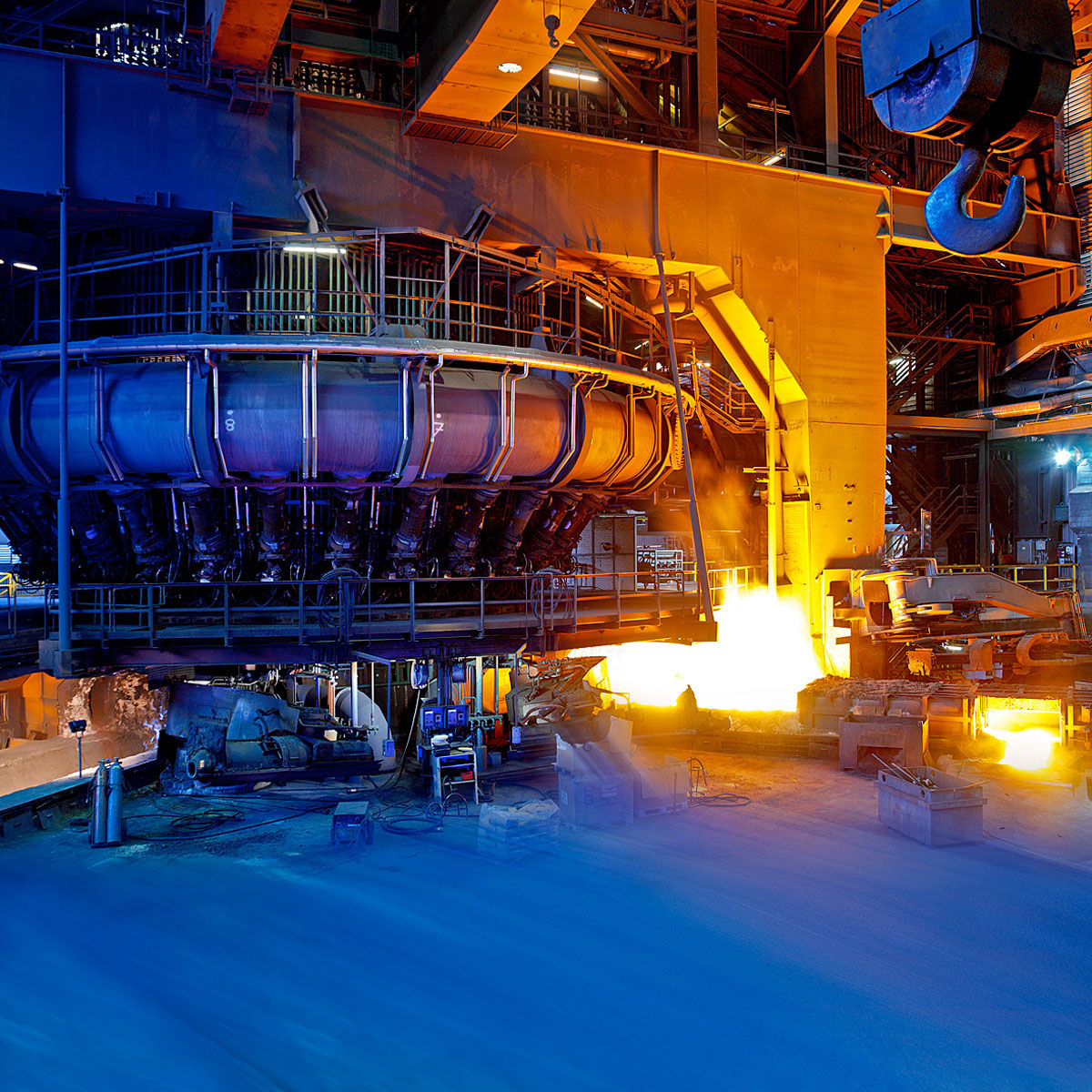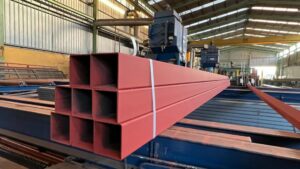Austrian steelmaker Voestalpine will convert two blast furnaces at its Linz site and one at its Donawitz site to electric arc furnace based steel production by 2030 in a bid to reduce carbon emissions by 30%, the company told S&P Global Platts June 9.
At its press call June 9 on the steelmaker’s full-year results (April 2020-March 2021), CEO Herbert Eibensteiner said the company has applied for funding of its “greentec steel” project and that once funding is given, further steps can be unveiled. The company noted that it aims to achieve climate-neutral steelmaking by 2050 using both green electricity and green hydrogen.
When asked by Platts for more details of the project, a company spokesperson told Platts that the blast furnaces to be converted are the smaller furnaces at the Linz and Donawitz sites but that the project is dependent on sufficient accessible renewable energy at competitive prices.
The company said that Voestalpine can provide low carbon steel already and said that it is seeing increasingly more inquiries from customers.
The flat steel mill in Linz is running at full capacity now following the restart of one blast furnace in September. Order books at the steel division are currently at the end of this year amid the market’s steel shortage.
Steel market recovery from mid-2020
Voestalpine saw strong financial results for the business year 2020-21, though they were still impacted from the company’s Q1 (April-June 2020) when the first wave of coronavirus led to demand slumps.
Voestalpine said that, though steel shortages persist, partially resulting from a quick rebound in car production from mid-2020, the company also sees some drop in auto demand as the automotive industry had to curtail production due to the semiconductor shortage recently.
“The unexpectedly strong rebound in demand triggered delivery bottlenecks in the semiconductor industry, with the result that automotive production had to be curtailed a bit during the business year’s final months owing to the lack of electronic parts. Demand for high-quality steel in vehicle production remained very high nonetheless,” said Voestalpine.
The steel division saw revenues decrease by 7.7% year on year to Eur4.2 billion for the full business year 2020/2021 with Q3 and Q4 being strong months as the steel market recovered from mid-year 2020.
The new stainless steel plant in Kapfenberg is expected to become fully operational mid-2022.
The company also expects that if the steel shortage continues, which led steel prices across Europe spiral to record-highs this year, more import material will be coming to Europe. The daily Platts assessment for hot-rolled coil stood at Eur1145/mt EXW Ruhr, continuing on all-time highs since March this year. The assessment was at its lowest point in June 2020 at Eur395/mt EXW Ruhr.
“We expect the current upward trend of the broad economy to continue at least until the end of calendar year 2021. The massive economic stimulus packages in the EU and the US should support the economy also in the medium term,” Voestalpine said.
— Laura Varriale






